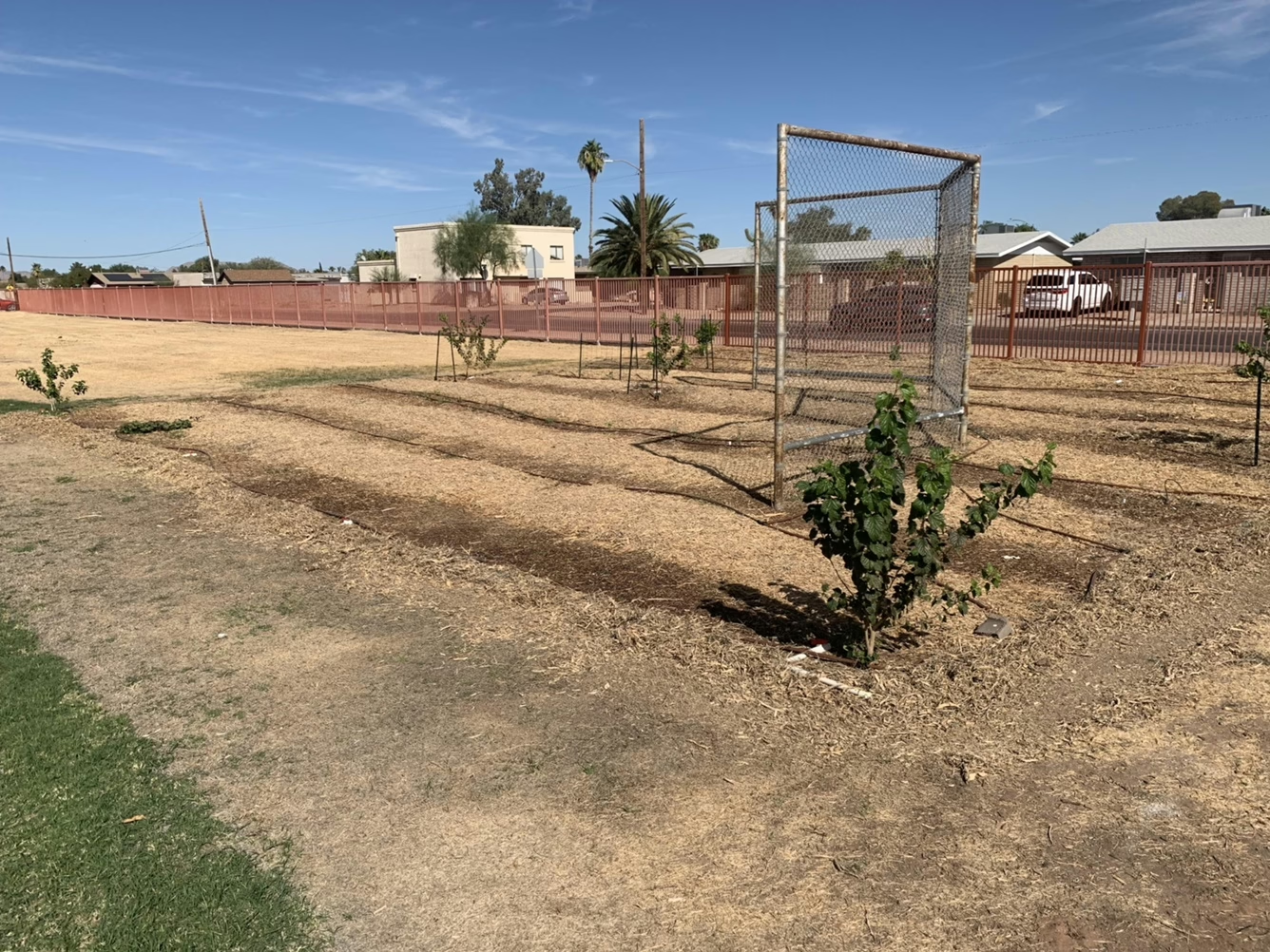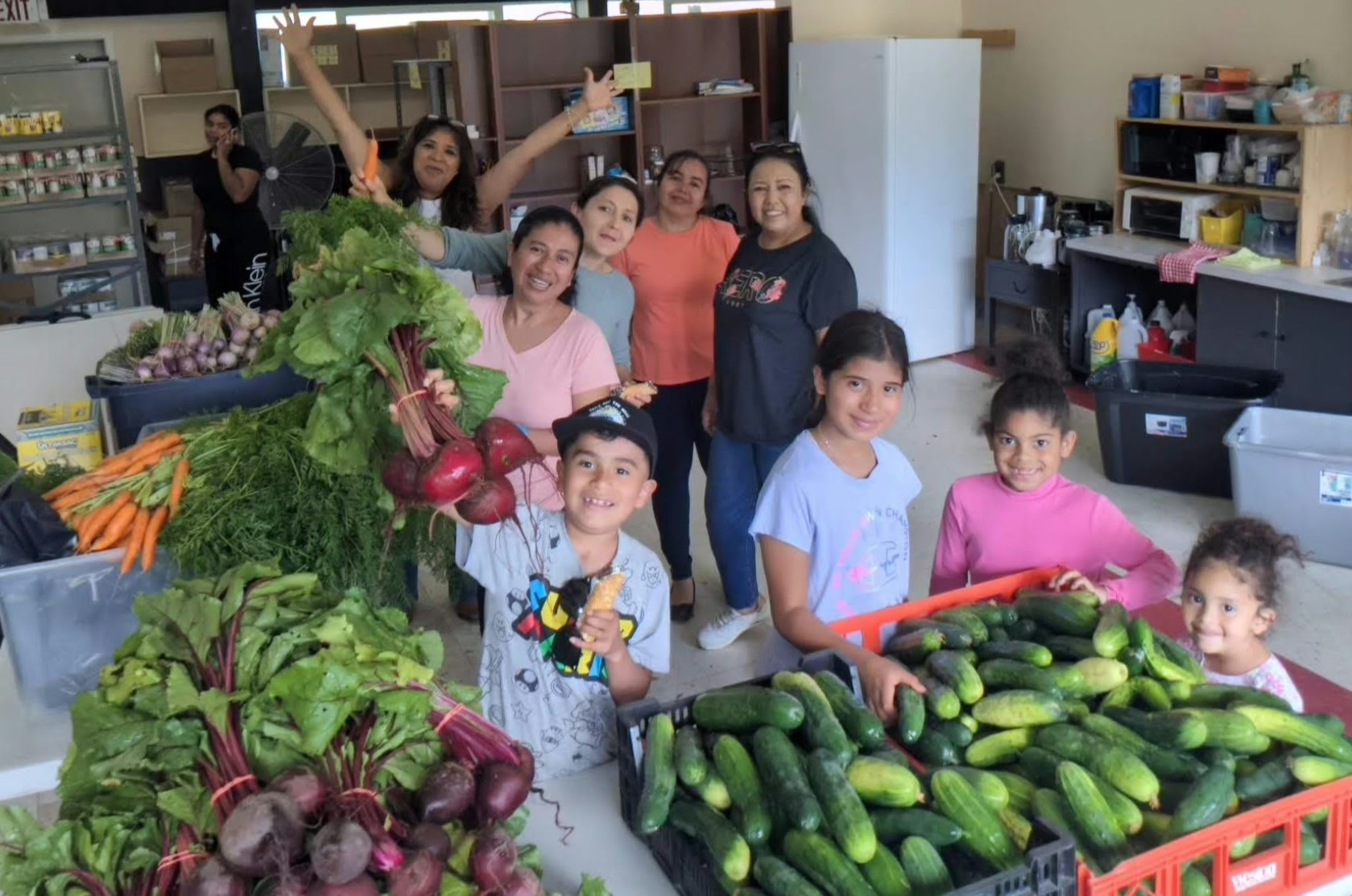Introduction: Why Winterize Your Vegetable Garden?
Winter is coming! Is your vegetable garden ready? Proper winter preparation sets the stage for a healthy, bountiful garden once spring arrives again. In this step-by-step guide, we’ll walk you through everything you need to do to winterize your vegetable garden, no matter your climate.
Caring for Vegetables:

Tender Vegetables
Tender vegetables like tomatoes, beans, peppers, eggplants, and squash are the most vulnerable when cold temperatures arrive. Once nighttime temperatures drop below 45°F, their growth dramatically slows. A hard frost will blacken and kill the plants.
To maximize yields:
- Check short-term weather forecasts regularly as fall approaches so you can anticipate cold nights and harvest accordingly.
- Harvest green tomatoes, peppers, squash, and eggplant before frost strikes. Allow to finish ripening indoors.
- Pick peas and beans when pods reach full size but before they dry on the vine.
- Harvest all pumpkins and winter squash once their rind hardens. Cure for 10 days in a warm area before storing.
- Store tender veggies in a cool, dry indoor location. Check frequently for spoilage.
Hardy Vegetables
Crops in the cabbage family like kale, spinach, broccoli, cauliflower, and Brussels sprouts actually taste better after being exposed to cooler fall temperatures. Light frosts bring out their sweetness!
- Time your harvests of hardy greens based on your taste preferences and meal plans.
- If hard freezes are forecast, temporarily cover plants with cloches, old sheets, or burlap to protect them.
- For kitchen gardeners, try growing spinach and kale in containers that can be moved indoors as needed.
Semi-Hardy Vegetables
This group includes beets, onions, carrots, potatoes, Swiss chard, cabbage, and celery. A few adaptability tactics can keep them thriving through early winter:
- Prolong harvest by protecting with cloches or cold frames when hard freezes loom.
- Mulch heavily around their root zones to insulate the soil and prevent heaving.
- Harvest beets, carrots, and potatoes once nighttime temps drop below freezing. Store in a cold cellar or buried in straw.
- Celery, cabbage, leeks and chard can withstand temps as low as 20°F when mature. Harvest outer leaves as needed.
Caring for Herbs:

To winterize your vegetable garden effectively, you also need to pay attention to pay attention to your herbs, your veggies’ culinary helpers!
Annual Herbs
- Basil, cilantro, dill – These annual herbs die off with frost and can’t withstand freezing. Pull plants before they’re ruined by cold weather.
- Consider potting a basil plant to keep indoors near a sunny window. Pinch back tips frequently to encourage bushy growth.
Hardy Perennial Herbs
- Thyme, sage, oregano, chives – Allow these classic perennial herbs to go dormant in winter as long as your climate isn’t extremely harsh.
- Cut back any dead growth in early spring as plants resume growth.
- For a winter harvest, pot up a few thyme and sage plants to keep indoors near a window.
Tender Perennial Herbs
- Rosemary, lemon balm, mints – These require a bit more protection to survive winter due to their Mediterranean origins.
- In cold climates, transplant rosemary and lemon balm into containers before frost hits. Maintain indoors over winter.
- Heavily mulch mint beds using straw or evergreen branches to protect their shallow roots.
Caring for Fruit Beds & Trees:
- Berry patches: Clear away any dead leaves or weeds from your berry patches. Then, apply a thick layer of mulch to protect the roots of your plants.
- Fruit trees: Wrap young fruit trees with tree wrap to protect them from frost cracks and sun scalding. You may also want to prune your fruit trees in the fall to remove any dead or diseased branches.
General Garden Care & Maintenance:

- Turn off and drain all garden hoses and irrigation systems. Disconnect rain barrels.
- Clean, sharpen, and oil your garden tools before storing them for the winter.
- Spread a layer of compost or other organic matter over empty garden beds to protect the soil from erosion, add nutrients and help winterize your vegetable garden.
- Monitor your compost pile and turn it one last time in the late fall to speed decomposition before winter.
- Decide which annual flower beds or vegetable gardens you want to enrich over the winter. Consider planting a cover crop like hairy vetch or winter rye to prevent erosion, suppress weeds, and add organic material to the soil when tilled under in spring.
- Protect your favorite garden sculptures or ornamentation from harsh winter weather by covering or storing them in a shed or garage.
Conclusion:
By following these simple steps, you can winterize your vegetable garden and ensure that your plants are healthy and ready to grow again next spring.





